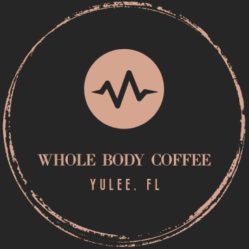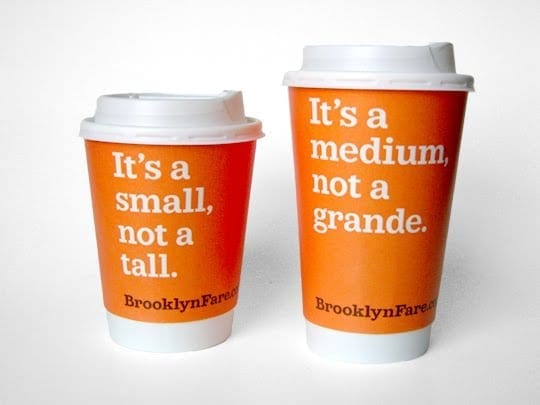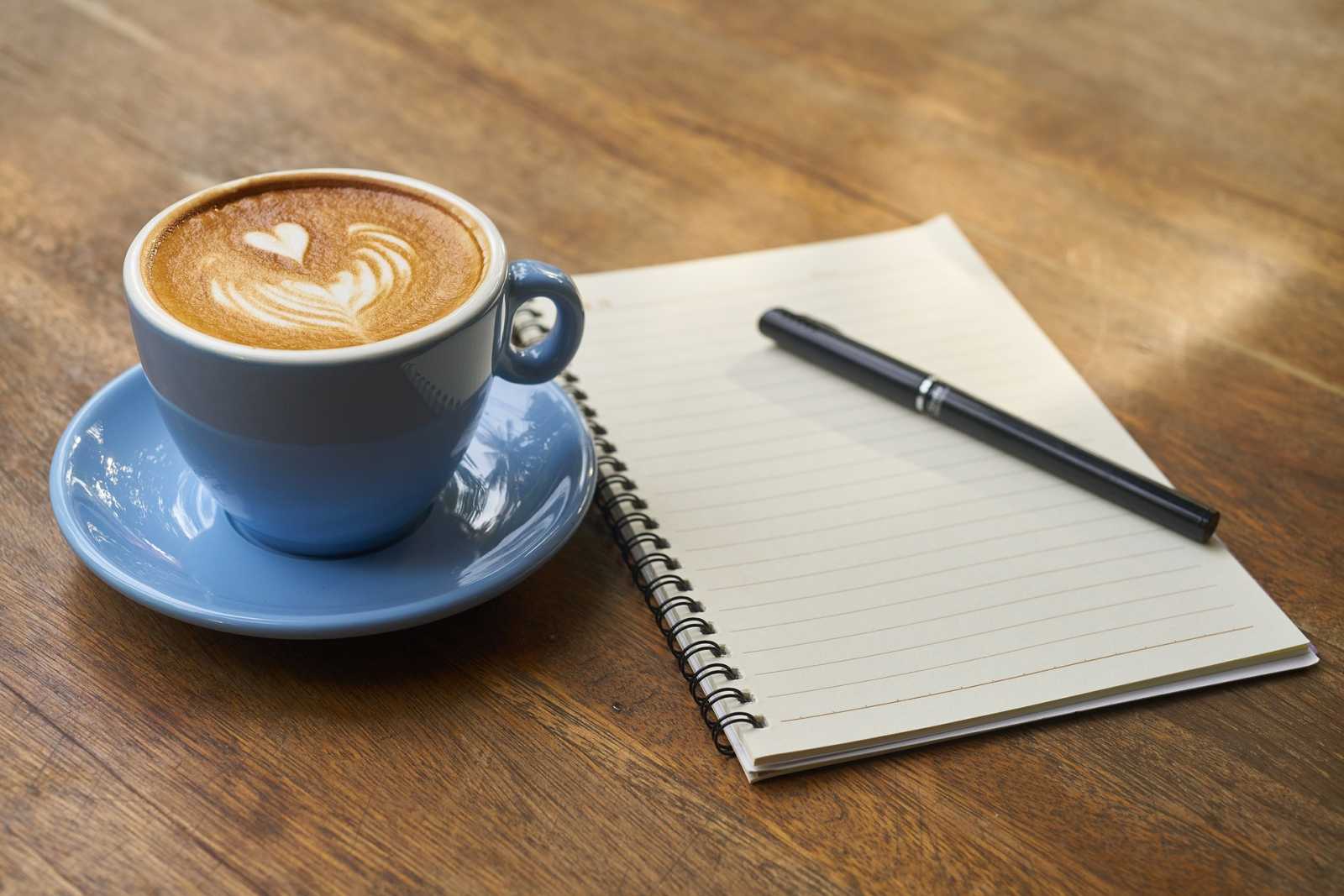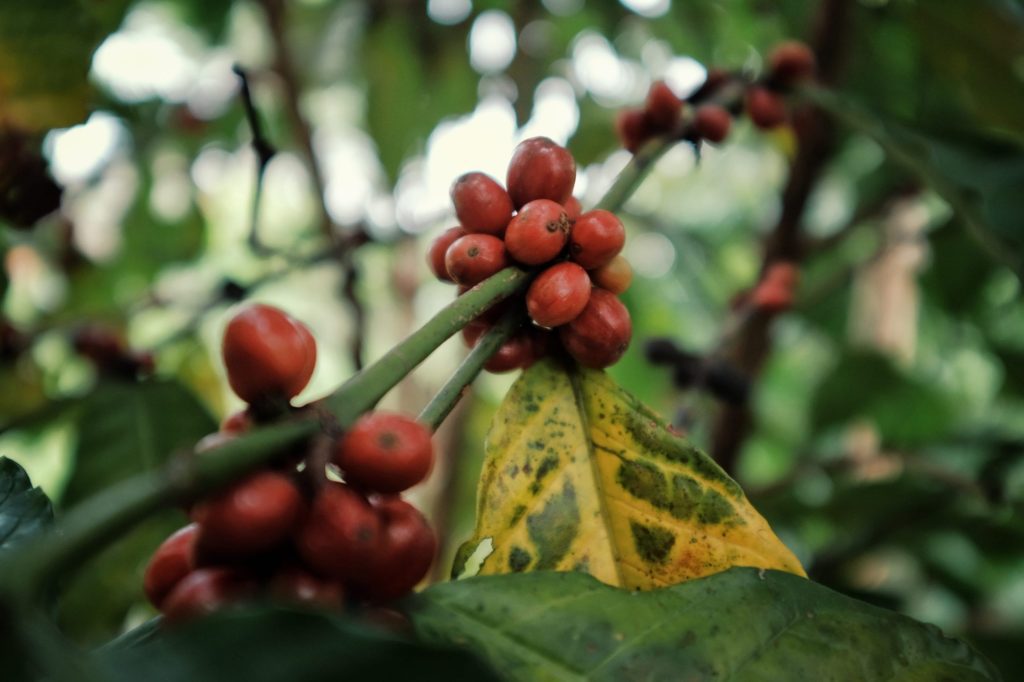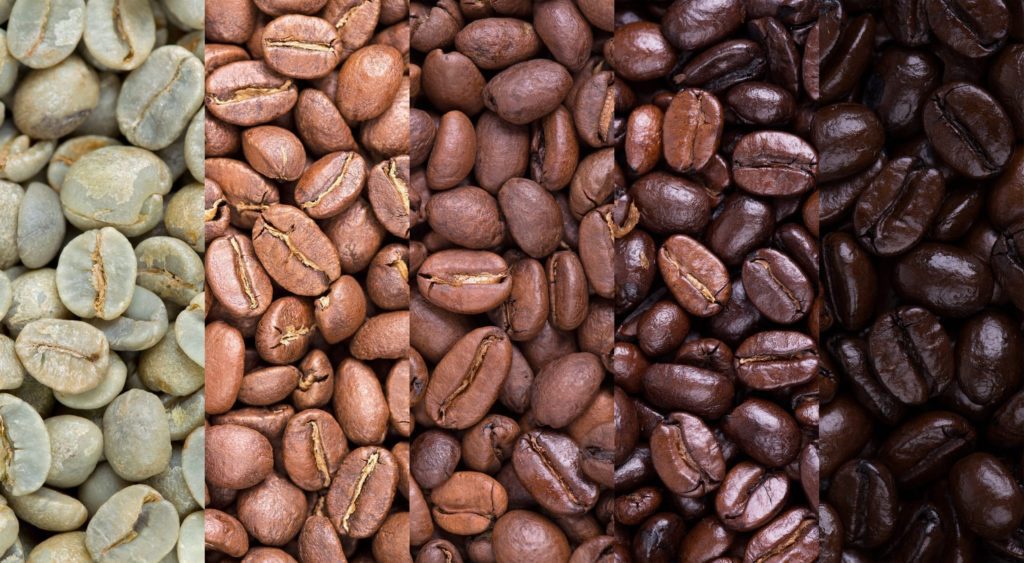When it comes to coffee, there’s a very wide spectrum of consumers. On one end, you have people dumping pre-ground coffee from a tin can which was packaged ages ago into the coffee maker they got in college. On the other end, you have people writing a 10-page essay about the flavor profile of their morning cup.
Well I’m going to deliver the punch line of this article right here: if you drink coffee and it brings you joy, that’s what matters.
Specialty Coffee
Let’s start by discussing the big picture first. There is a bit of history to the term “specialty coffee” which I won’t get into here, but it has been around for a while. In a very basic sense, it was a way for people who saw potential in the large variety and unique characteristics of individual coffee origins to provide a consistent quality product. It helped to shine light on the individuals putting forth particular effort to ensure they meet the perfect growing conditions, pick coffee cherries at peak ripeness, dry them fully and evenly, package and store them properly, roast them accurately, and finally brew the beans with respect to the qualities developed and preserved through the entire process. The term specialty coffee largely comes down to quality–quality obtained by farmers and maintained until the coffee is poured into your cup. The specialty coffee community seeks quality even beyond the coffee itself. You’ll find many members at all levels of the coffee chain involved in sustainability acts such as: education and training in sustainable farming practices in countries where coffee is grown, ensuring fair wages for farmers and workers, reducing carbon emissions at every step, and organizing co-ops where owners of small farms can combine their crops and more easily find buyers for their product. All of this sounds great, but what does it mean to someone who just wants to drink a cup of coffee? Well…it depends.
It’s pretty easy for anyone out there to throw the specialty coffee label on their product and put it on the shelf. So when you want to buy a quality coffee, the easiest thing to do is buy from a roaster you trust. Obviously if you buy Starbucks or Dunkin’ Donuts pre-packaged coffee, you are going to get what you pay for. If they are one of your “trusted roasters,” you should shoot me an email or leave a comment so we can talk. In any case, wherever you are, there is bound to be a local roaster that would be honored to share their product with you. Give them a call or shoot them an email and ask all the questions about the things that are important to you. They’ll tell you if they have any certifications such as organic or fair trade, where they get their beans from, what their favorite roast is and a recommendation. We love to talk coffee. If you do that, you won’t be disappointed and you’ll be helping out a local small business which is a huge plus.
Origin
The origin of the coffee bean is simply what region it came from. On my website you may see a product called Colombian and another product called Burundi. I’m apparently not creative enough to come up with my own names for my products so I named them by their origin. One is from Columbia, the other is from Burundi. There’s a lot of ways to choose which origin you should buy. If you google “coffee origin characteristics,” you will find a plethora of articles describing all the kinds of origins. All you have to do is read a little bit, then choose which one sounds the best. Really though, the best way to find a good origin is to try as many as you can. It is very exciting to experience all of the different flavors of coffee. Keep going until you find one you love then go a little more. Before you know it, you’ll know exactly what qualities you want in your coffee and how to get them. Remember that local roaster you contacted earlier? They will be happy to discuss all of the origins they have on hand. By this point, you’re ready to start shaming anyone you see holding a Starbucks cup.
Roast
There is no right answer to this one. At this point, if you haven’t explored a lot of coffee yet, most of your coffee is probably around a medium-dark or full city+ roast. This roast level is popular because it yields many pleasant aromas and flavors in nearly every origin and is quite consistent. Most people will like most coffees at a medium-dark roast. There’s a reason for that. As a roast progresses, you begin to lose the characteristics of the origin of your bean and gain characteristics of dark chocolate, caramelized sugars and even further you’ll get charred and carbonized characteristics. With these darker-roast characteristics, it doesn’t matter where the bean came from, caramelized sugar is caramelized sugar. Things start to taste the same. There’s nothing wrong with this roast level, I’m simply illustrating a point. I would encourage everyone to explore a lighter roast and experience the unique qualities of your coffee. I chose the Colombian and Burundi as my first products because of the qualities they have at a medium roast. The Colombian presents a bright acidity, which could easily be mistaken as sour to a newcomer, which contributes many citrus and herb-like qualities. We call the Burundi a crowd-pleaser because it has a natural sweetness which creates a very balanced, smooth flavor. Most people who try this tell me “it’s amazing because it is so smooth”. I agree, and that makes the Burundi an easy drinker, but it lacks the complexity of the Colombian which is why I choose the Colombian. Trying different roast levels will help you learn a lot about your coffee preferences, and if in the end, you go back to your medium-dark roast, you’ll know it’s because that’s what you really love.
Cupping
Cupping is the process used to taste coffee, and by taste I mean, really taste coffee. This is how we get all of those cool little descriptions of coffee about how they taste like dandelions, dragon fruit, and roasted marshmallow. The coffee isn’t actually flavored, it just means there are aromas and flavors that are similar or may remind you of these things. Your coffee will still taste like coffee. Honestly, for the most part, you can safely ignore all of these “cupping notes”. They are completely subjective. I’ll probably get a lot of heat for this particular section, most of my coffee opinions actually, because people really are passionate about defining the flavors of coffee. On my product pages, you will see my own very brief cupping notes. I really do love really tasting my coffee, I just choose not to be a nerd about it. I would be happy to discuss in detail how I feel about any of my products, but what really matters to you is how you feel about them. If you’re curious about your coffee, I highly recommend doing a formal/semi-formal cupping. It can actually be a lot of fun, especially when shared with a friend. But if you just like the feeling you get when your coffee hits your tongue and you don’t know why, that’s perfectly fine.
Be sure to leave a comment or shoot me an email with any questions you have or if you just want to talk coffee. I really do have a desire for total inclusiveness in the coffee community despite my, at times, dry and cynical humor and jabs at certain preferences. What I truly enjoy the most is pairing people with their own special way of coffee.
Stop by our shop to start exploring with freshly roasted Colombian and Burundi beans. Also, stop by and like our facebook page to stay up to date on blog posts like this and our latest products. We are going to be bringing many more products your way to include origins from around the world so stay in touch!
